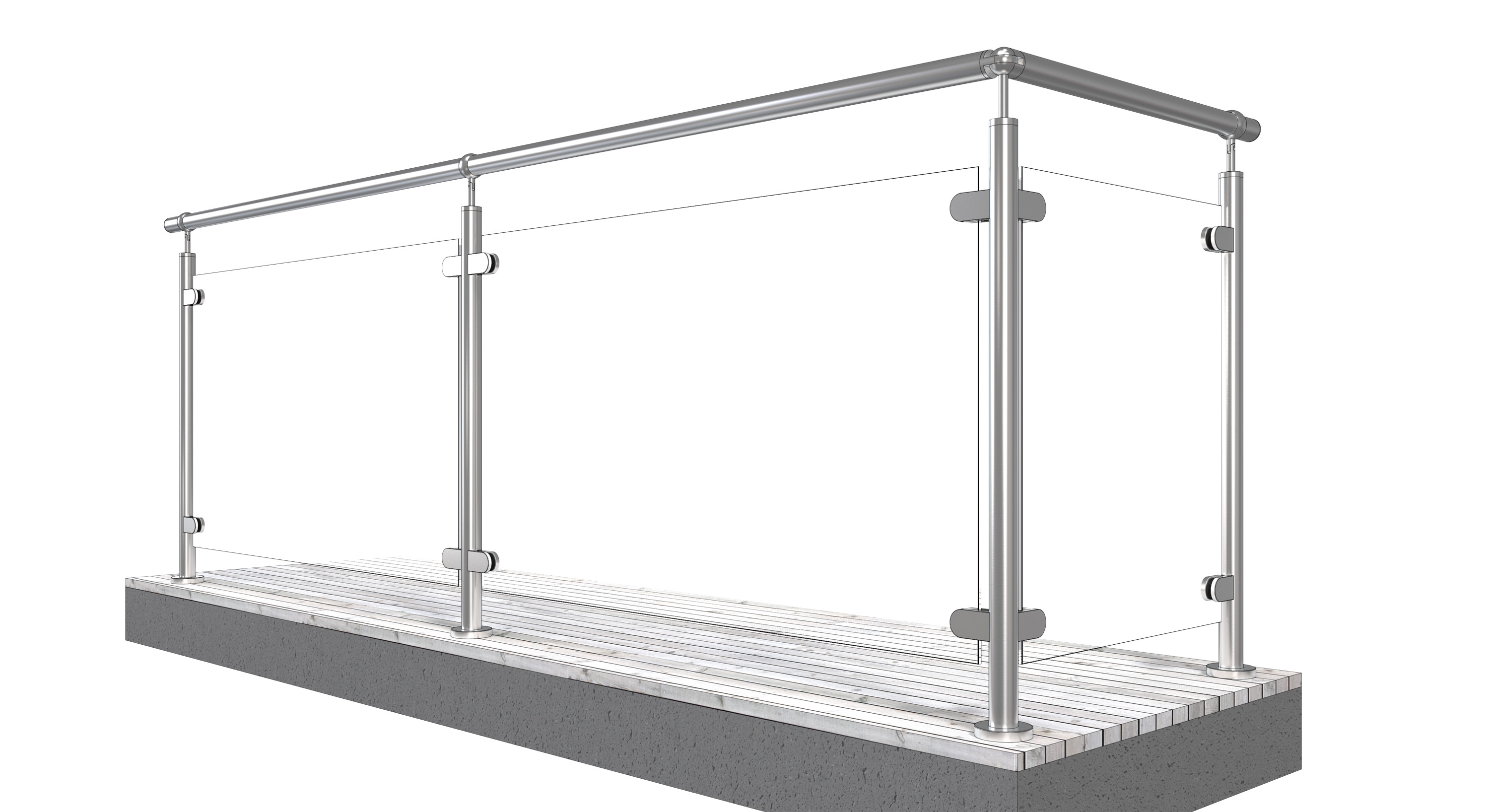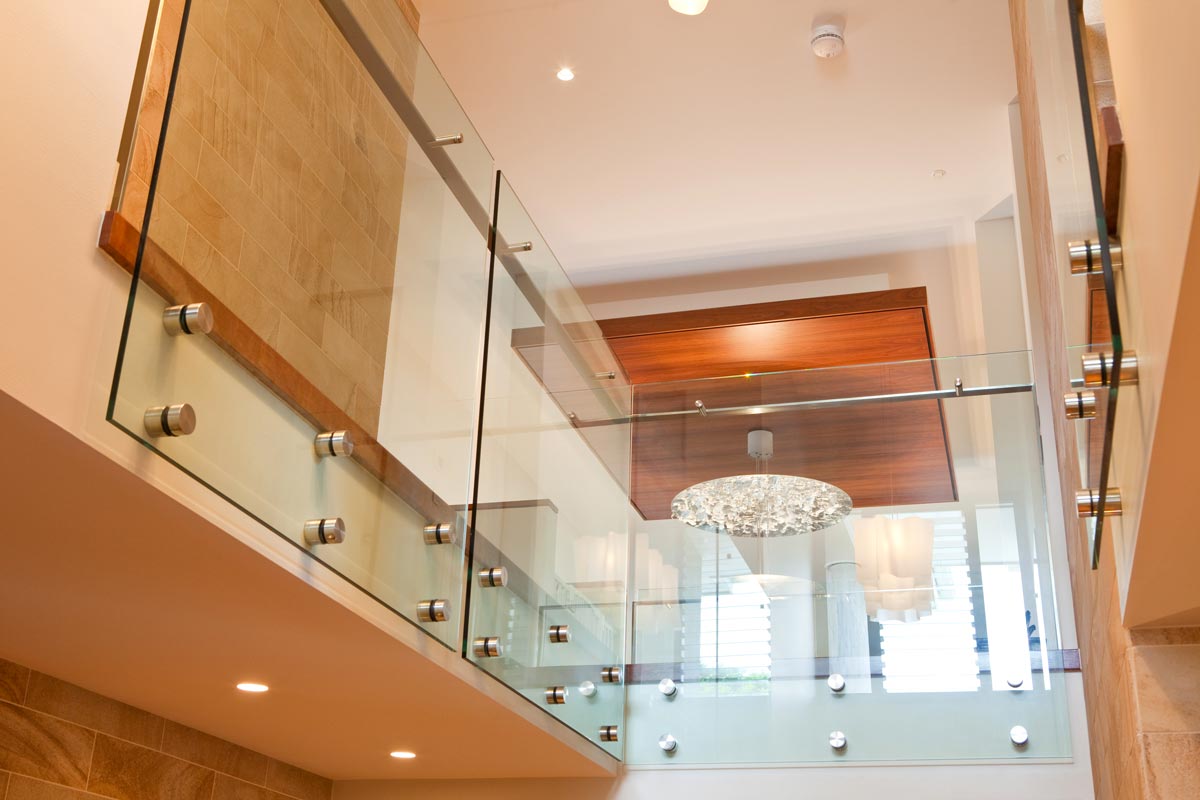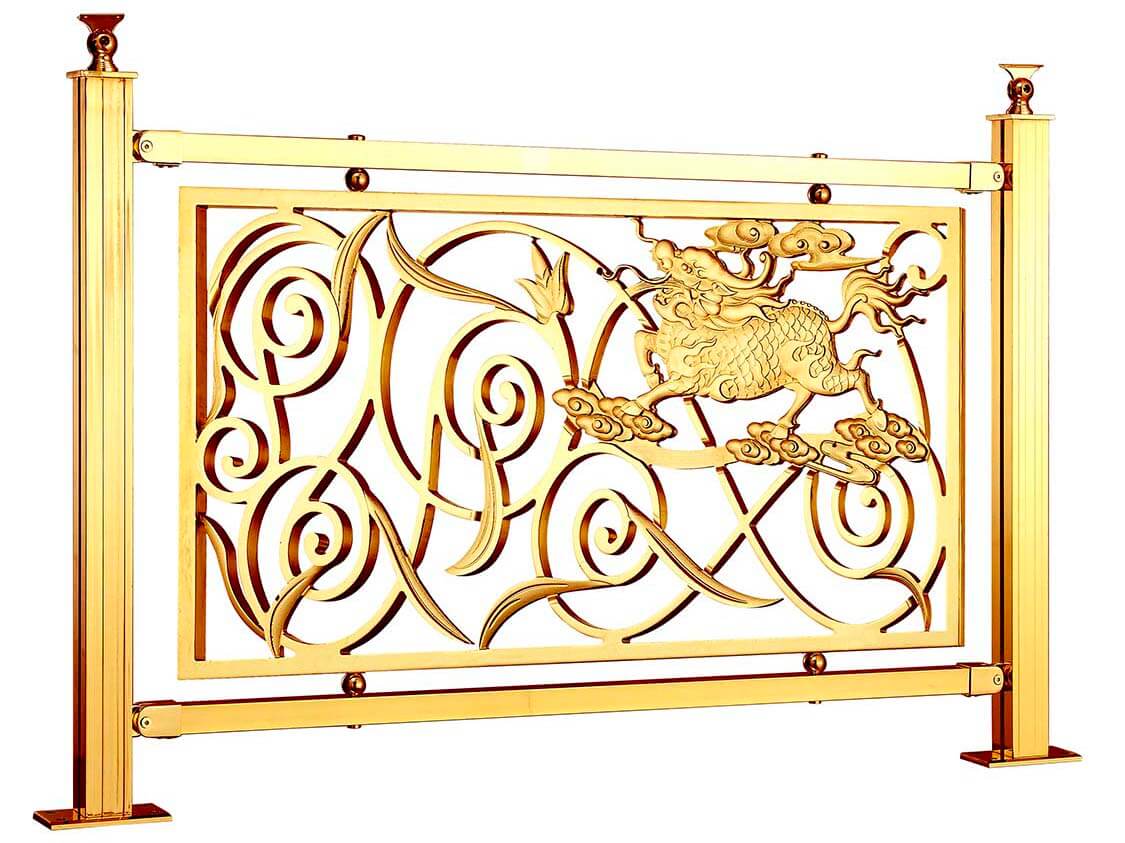When it comes to home design, every detail plays a crucial role in creating a harmonious and functional living space.
One often-overlooked element that can significantly impact both the aesthetics and functionality of a home is the wall railing.
Whether you're renovating your current space or building a new home, choosing the right wall railing design is a decision that requires thoughtful consideration.
What is Wall Railing?
A wall railing, often simply called a railing or handrail, is a protective barrier that is typically installed along the edge of a raised surface, such as a staircase, balcony, or terrace. The primary purpose of a wall railing is to provide support and stability for people as they move up or down stairs or walk along elevated areas, preventing accidental falls. Additionally, railings can serve an aesthetic function, enhancing the overall design of a space.
In the following sections, the author will list the main factors you need to pay attention to when you are choosing the wall railing.
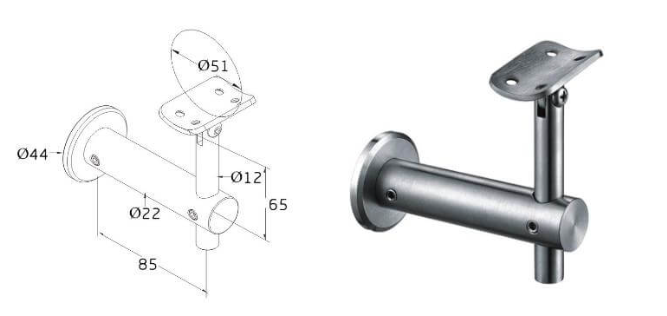
Aesthetic Appeal
Wall railings serve not only as safety features but also as design elements that can enhance the overall look of your space. The first consideration when selecting a wall railing design is its aesthetic appeal. The design should complement the existing architecture and interior design of your home.
●Architectural Style
Consider the architectural style of your home. For a modern and minimalist aesthetic, sleek and simple wall railings with clean lines may be the best choice. On the other hand, if your home has a more traditional or classic design, ornate and decorative railings could be a perfect fit.
●Material Matters
The material of the railing plays a crucial role in determining its aesthetic impact. Common materials include wrought iron, stainless steel, wood, and glass. Each material brings its own unique charm. Wrought iron may evoke a classic and timeless feel, while stainless steel exudes a contemporary and industrial vibe. Wood provides warmth and a rustic touch, while glass creates a sense of openness and modernity.
Functionality and Safety
While the visual appeal is important, the primary function of a wall railing is to ensure safety. Balancing aesthetics with functionality is key to making the right choice.
●Building Codes and Safety Standards
Before finalizing a design, familiarize yourself with local building codes and safety standards. These regulations ensure that your chosen railing design meets the necessary safety requirements. Factors such as railing height, spacing between balusters, and load-bearing capacity are crucial considerations.
●Purpose of the Railing
Identify the specific purpose of the railing in each area of your home. For staircases, the railing must provide a secure grip, especially for young children and the elderly. In outdoor spaces, the railing should withstand weather elements. Understanding the purpose will guide you in selecting a railing design that meets those specific needs.
●Maintenance and Durability
Consider the level of maintenance required for the chosen material. Some materials, such as stainless steel and aluminum, are known for their durability and low maintenance. Wood, while offering a warm and inviting look, may require more upkeep to prevent deterioration over time. Factor in your willingness and ability to maintain the railing in the long run.
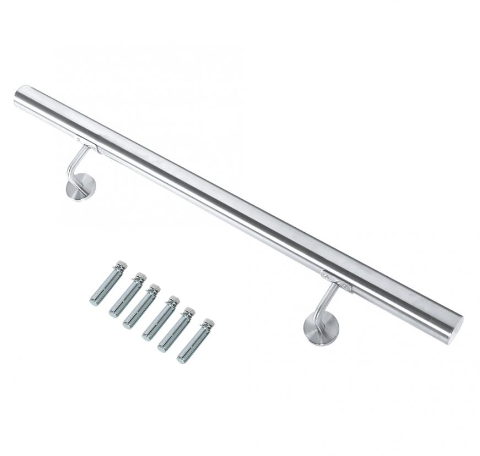
Personal Preferences and Lifestyle
Your personal preferences and lifestyle play a significant role in the decision-making process. Take into account factors such as the level of privacy you desire, your budget, and the overall theme of your home.
●Privacy Considerations
If privacy is a concern, especially in outdoor spaces, you might opt for a design that includes additional elements like frosted glass or closely spaced balusters. This ensures both safety and privacy, catering to your specific needs.
●Budget Constraints
Establish a budget for your railing project early on. Different materials and intricate designs can vary greatly in cost. By setting a budget, you can narrow down your options and find a design that not only meets your aesthetic preferences but also aligns with your financial constraints.
●Long-Term Vision
Consider the long-term vision for your home. Are you planning to stay in your current residence for many years, or is it a temporary arrangement? Your answer can influence the level of investment you're willing to make in the wall railing design.
Conclusion
Choosing the right wall railing design involves a delicate balance between aesthetics, functionality, and personal preferences.
By considering the architectural style of your home, adhering to safety standards, and factoring in your lifestyle, you can make an informed decision that not only enhances the visual appeal of your space but also ensures the safety and functionality of your wall railings.
Remember, the perfect railing design is the one that seamlessly integrates into your home, reflecting your unique style and creating a space that is both beautiful and secure.

